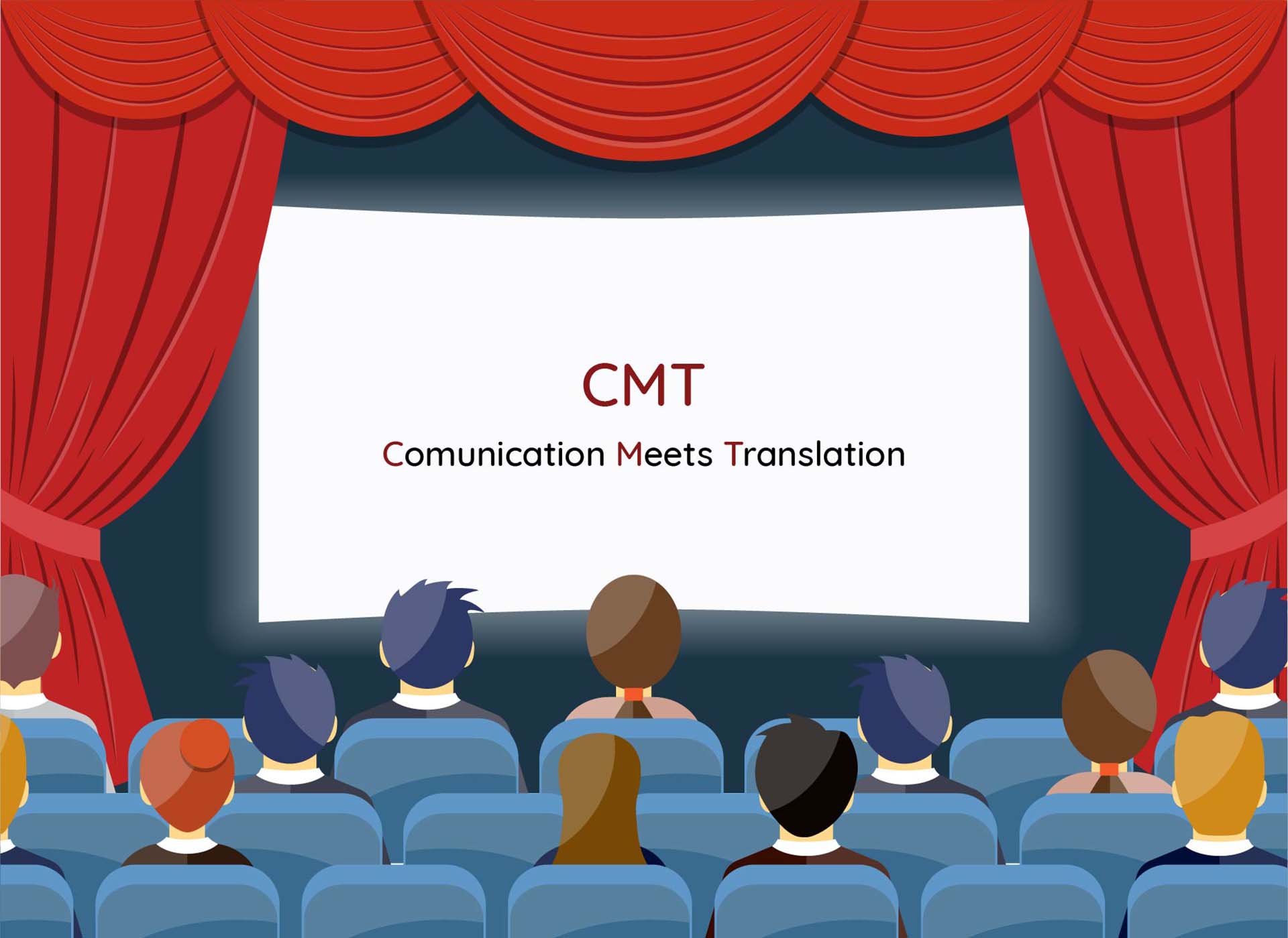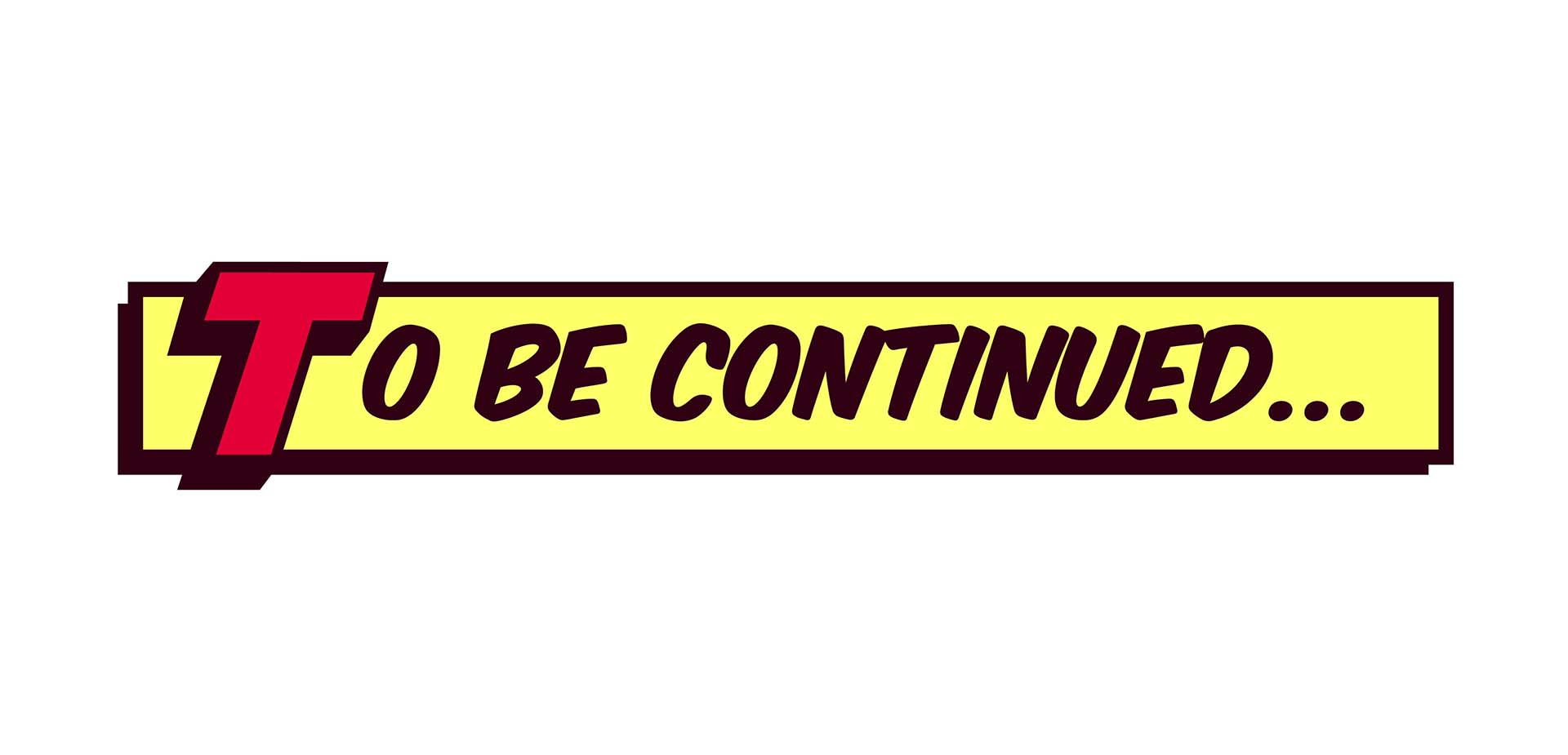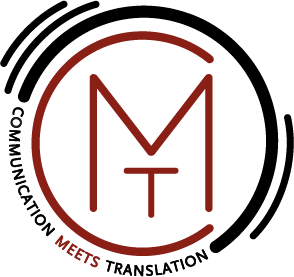MULTILINGUAL
SUBTITLING
Subtitles, whether in the original language or translated, make it possible for a wider audience to enjoy video content. And yet, how often do the words on screen disappear before we can read them, leading us to miss important pieces of dialogue?
These nuisance subtitles are unfortunately found on all channels, from social networks, television and cinema, to on-demand videos and streaming platforms (Netflix, Amazon Prime Video, Disney+, Rakuten TV, Apple TV+, Hayu, Sky Go, Now TV, Mubi, TIMvision, Infinity, GuideDoc, Nexo+, YouTube Premium, Discovery+, Curiosity Stream, Docsville, WOW Presents Plus, MagellanTV, BroadwayHD, Dekkoo, True Story, Doc Alliance Films, Starz, ShortsTV Amazon Channel, Cultpix).
This is precisely the difference between professional subtitling and DIY subtitles.

Subtitling
Subtitling involves overlaying text to support any video. If the text shown is in the same language as the video, the objective is to amplify the impact of the message and to aid accessibility, including for deaf people.
If, on the other hand, the text is in a different language (a translated subtitle), the intention is to include people who speak another language.
MULTILINGUAL SUBTITLING
Multilingual subtitling is carried out by a team of professionals (transcribers, subtitlers and expert translators) who ensure extreme precision when creating time codes (the system that uses time references to express the position of the text in relation to what is shown on screen), maximum accuracy of translation, speed of execution and a finished product of extremely high quality that can be used on any device (cinema screens, televisions, PC monitors, video walls, projector screens, smartphones and tablets).
Multilingual subtitles
From source language to target language.
Subtitles are translated from the source language to the target language or languages and perfectly synchronised (or synced, to use a technical term) with what appears on screen.
The most important aspects to consider when preparing foreign language subtitles are the legibility of the subtitle itself (or the ratio between the number of characters and how long they stay on screen) and the balancing act of the subtitle size and the image on screen, to avoid obstructing visibility.
PROFESSIONAL
MULTILINGUAL SUBTITLING
Between artificial intelligence, machine learning and every new technology, it is now very simple to carry out basically any multimedia task, including subtitling. However, the creation of professional subtitling, especially with translated subtitles, is a job that requires experience and wide-ranging skills from a technical and language perspective.
The project will always start with a customer briefing, where customers set out their desired objective and specify their subtitling preferences (e.g. font, colour, shading, maximum number of lines and characters per line). During this briefing, specialised subtitlers will suggest how best to proceed based on the multimedia platform chosen to distribute the content.
The time coding is then created, by timing the translated transcription or the original language text with the necessary adjustments for perfect synchronisation with the video and according to how long the text stays on screen, all of which makes it easier for the user to read.

Captions and subtitles for deaf people
The addition of a subtitle, which can be done in many different languages, also plays a crucial role for inclusivity: it represents a means through which a message or concept can also be conveyed to people with mild to profound hearing loss.
In this regard, this area of translation also includes captions for deaf viewers, which describe important audio elements beyond mere dialogue and the spoken word. Captions may include the noise of the wind, laughter, a telephone ringing or music playing.
THE MAIN SUBTITLED VIDEO PRODUCTS
Video subtitling is often used for corporate videos, service presentations, product launches,
television series and films, advertising, social network content and various tutorials.

